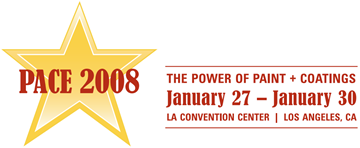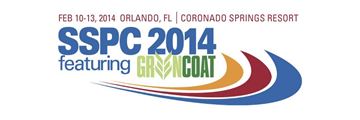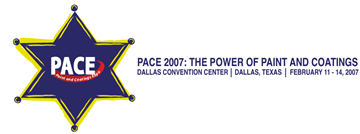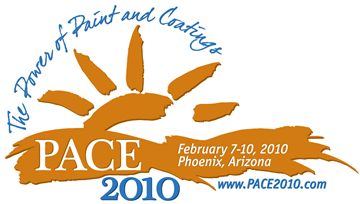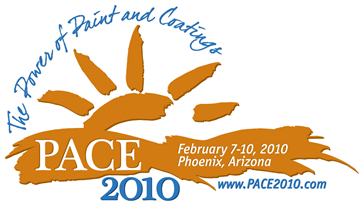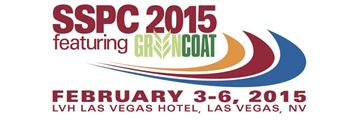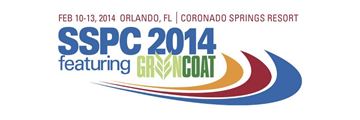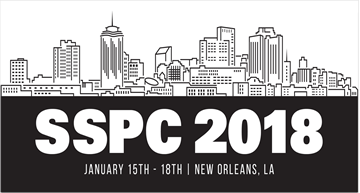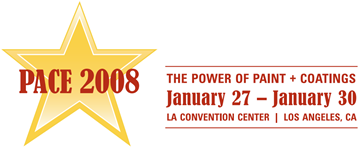Search
Products tagged with 'regulations'
View as
Sort by
Display
per page
TCEO Coating Hot Topics and Regulatory Resources
Product Number:
41213-792-SG
Publication Date:
2013
$20.00
Technology Assessment of Architectural Coatings Relative to Regulatory Concerns in the South Coast Air Basin
Product Number:
41208-413-SG
Publication Date:
2008
$20.00
The Case Study of Foul Release Coating Application & Its Key Issues for Shipbuilding Industries
Product Number:
41214-812-SG
Publication Date:
2014
$20.00
The Effect of Restrictive VOC Regulations on High Performance Coatings
Product Number:
41207-359-SG
Publication Date:
2007
$20.00
The VOC Odyssey: An Epic Tale of the Green World of Coating Formulators
Product Number:
41210-559-SG
Publication Date:
2010
$20.00
The World Marketplace for Protective Coatings - Opportunities and Trends
Product Number:
41210-531-SG
Publication Date:
2010
$20.00
Understanding the Breathing-Air System in Abrasive Blasting
Product Number:
41215-891-SG
Publication Date:
2015
$20.00
Using Lead Abatement Contractors for Surface Preparation on Commercial Properties - The Consequences of Sacrificing Quality for Safety
Product Number:
51216-012-SG
Publication Date:
2016
$20.00
VOC Content: Regulating Beyond What Can Be Measured?
Product Number:
41214-843-SG
Publication Date:
2014
$20.00
Warning! Technical Challenges of Compliance with the New Proposition 65 Regulations
Product Number:
51219-212-SG
Publication Date:
2019
$20.00
WATCHING PAINT DRY: IT IS NOT AS SIMPLE AS IT SOUNDS
Product Number:
51218-112-SG
Publication Date:
2018
$20.00
Who Says I Can’t Blast This Way! Regulations & Standards Affecting Safe Abrasive Blasting
Product Number:
41208-412-SG
Publication Date:
2008
$20.00


